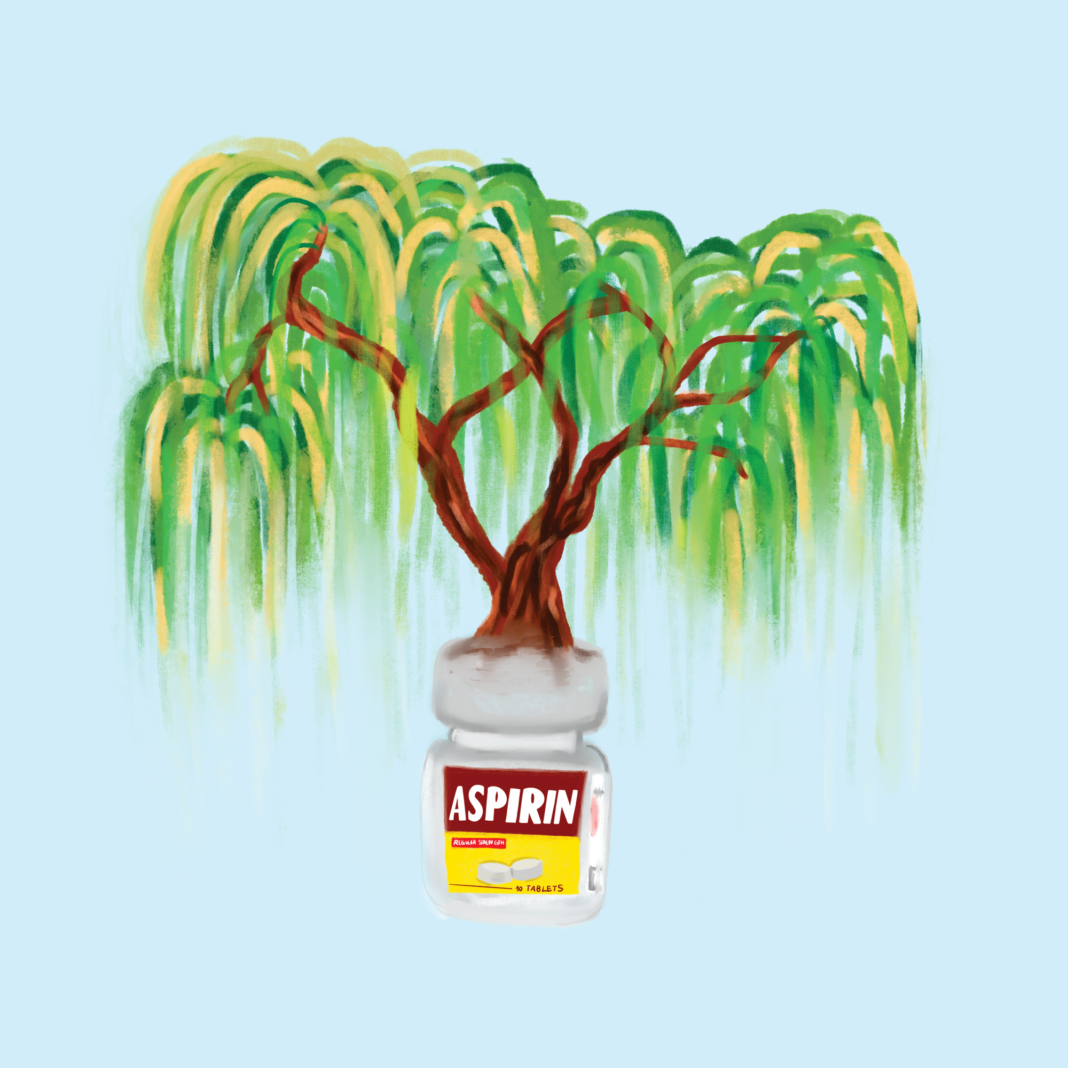
Society continues to emerge at the end of various global health crises with improved approaches to medicine that have revolutionized our health and well-being. Yet, the Native American influence on the origins of modern medicine is often overlooked.
Indigenous culture traditionally holds a deep respect for nature, and the use of medicinal plants has a centuries-long history within many indigenous communities.
Dr. John C. Burnett, an associate professor of microbiology and immunology at the Miller School of Medicine and a citizen of the Muscogee Nation, discusses how deeply ingrained this natural approach to medicine is within indigenous roots like his own.
“In our tribe, medicines are considered sacred and should only be shared with fellow citizens — in some cases, exclusively with citizens from the same tribal towns or clans,” Burnett said. “I have a Muscogee friend who is a PhD ecologist, and she says, ‘Land is medicine.’ I think this is a common attitude of Native people, especially those who grew up on reservations or in rural areas.”
The natural world and its resources have been the foundation for various life-saving medical advancements. Medicinal plants, which contain natural therapeutic properties when properly harvested, have been used as remedies all over the planet.
According to Frontiers in Pharmacology, over 80% of people around the world rely on an aspect of medicinal plants within primary care, and roughly 40% of pharmaceutical drugs found in Western medicine derive from these plants.
For instance, salicin, most often found as salicylic-acid in face wash or Aspirins, is one of the most common ingredients used today that originates from a medicinal plant. Salicin has traditionally been extracted using the Native practice of chewing on willow bark for pain relief.
The development of baby formula, which serves as a replacement for breast milk for mothers, can be attributed to the Iroquois tribe. This ancient formula used the crushed natural ingredients of corn, water and nuts to feed infants.
Perhaps the most critical medical creation by Native Americans is the syringe, which was originally constructed with hollow bird bones and animal bladders for the injection of natural remedies.
Indigenous practices also place a large emphasis on achieving balance in life through a harmonious relationship between the body and mind. The belief that healing physically can be done by way of spiritual healing is a pioneering factor of mental health.
Various Native tribes around America take part in traditional healing ceremonies, which promote this sentiment and reinforce the unified approach of healing in a community setting.
Dr. Raymond I. Orr is a professor of political science at UM and the co-director of the Native American and Global Indigenous Studies Program (NAGIS). He is also a citizen of the Potawatomi Nation, and reflected upon the Native belief of community healing as opposed to isolation.
“A body of compelling research shows that meaningful and regular social ties are protective factors against many of our widespread maladies and early death,” Orr said. “These connections will likely generate a richer existence.”
Without actively searching for where modern medicine originated, Native assistance in Western medical development falls unseen.
“Native peoples are rarely acknowledged as contributing to our contemporary world,” Orr said.
The overshadowing of their ancestral contributions, paired with a systemic undervaluing of Native peoples within the U.S. healthcare system, reflects a failure to uphold the obligation that the federal government has for the Native American population and its descendants.
“This is called ‘the trust responsibility’ and goes back nearly two hundred years when Native lands were taken without equal compensation,” said Orr. “Health is a key part of this.”
A 2022 data release by the National Center for Health Diseases stated the life expectancy of American Indian and Alaska Native people is over 10 years shorter than the national average. Alcohol-induced deaths remain among the most frequent, and indigenous communities experienced the largest uptick in suicide rates from 1999 to 2017.
These rates can be attributed to a history of lost community ties and land as a result of European colonization, as prior to their forced removal from their land, alcohol was primarily used in a ceremonial and sacred context. Suicide rates have increased due to social detriments, such as pressure to assimilate and grow further from their heritage.
Accessible health clinics remain underfunded within Native communities as well, and they are often hard to find in proximity to reservations, pushing Native residents to move to urban areas in order to find support.
“It’s no surprise that physicians aren’t lining up to work on reservations, but there is also a failure to get tribal citizens into the healthcare workforce,” Burnett said. “The only way to reach Native communities is to improve the numbers of Native students in the biosciences and healthcare.”
Despite the COVID-19 pandemic having a disproportionate and heighented impact on Native communities, their sense of community allowed for a strong response to the virus.
“My parents were able to get the vaccine at a Muscogee Tribal clinic before they could have elsewhere in Oklahoma, simply because the tribes acted quickly and efficiently to distribute their inventories, while the same states, particularly with COVID-denying governors, dragged their feet,” said Burnett.
Barriers to health and medical resources – such as underfunding and scarce access to health clinics in tribal communities – prevent Native citizens from experiencing their ancestral contributions to modern medicine.
Recent pushes for improved care of Native Americans have been made, with national advocacy reflected in the Biden-Harris Administration’s efforts for better overall resources in these communities. Although there is still work to be done, these recent strides are paving the way for a more accessible future for Native communities to reclaim their place in the medical field.






